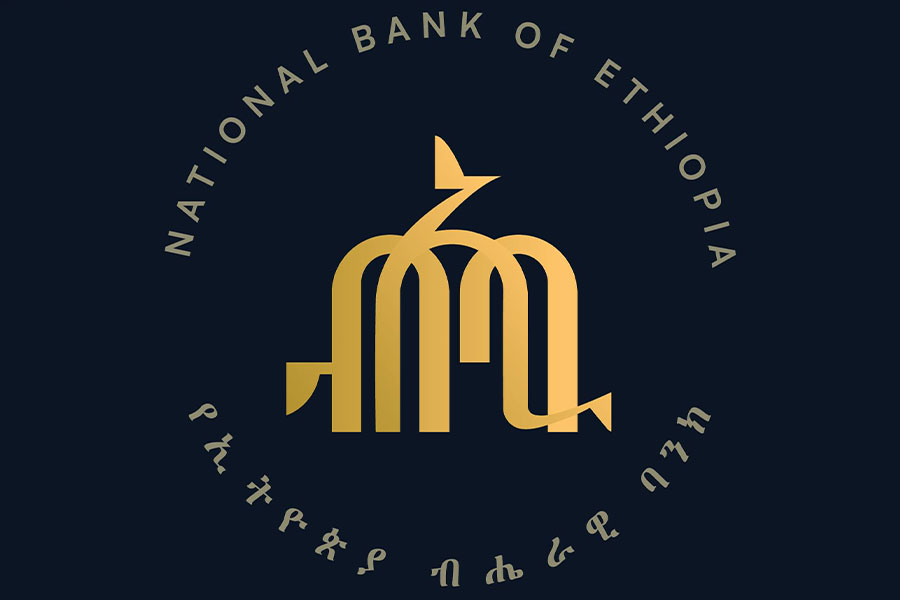
Jan 25 , 2025
Policymakers in the monetary policy front need to move with greater finesse by adopting a nimble and hybrid strategy, drawing on the lessons of Brazil, South Korea, Turkey, and China. They could consider cutting rates to stimulate private credit, loosening reserve requirements to release liquidity, providing targeted incentives for exporters, and investing in infrastructure to address the structural roots of inflation. In this commentary, whose author's identity we withheld upon request, the writer warns failure to adapt risks the fate of an economy that pinned growth on monetary austerity alone and found itself mired in rising prices, mounting public discontent, and a faltering economy.
I read with keen interest Tesfaye Boru's (PhD) commentary published last week [January 19, 2025] on policy orthodoxy, which involves imposing high rates, steep reserve requirements, and mandated bond purchases designed to contain inflation in the short run. He was spot on in arguing that adhering to orthodoxy risks choking off investments and productivity gains.
In a country where agriculture and manufacturing remain crucial engines of employment and exports, sustained credit squeezes can trigger the very malaise they hope to prevent. Their effort to curb inflation by maintaining a 15pc benchmark interest rate, imposing strict reserve requirements, and mandating that banks allocate 20pc of their loan portfolios to government bonds is testing the boundaries of a conventional economic strategy.
Their measures follow a traditional inflation-fighting playbook. They attempt to tame rising prices by squeezing liquidity out of private credit markets, but such a rigid policy risks hobbling the economy. Without careful recalibration, this approach could stifle investment, dampen consumer spending, and erode trust in policymakers’ capacity to deliver stability and growth. Higher borrowing costs and tight monetary conditions generally slow demand and hold down prices. But, emerging markets offer cautionary accounts of what happens when policy becomes too rigid.
Several years ago, Brazil faced a similar dilemma when inflation threatened to derail its economy. Its policymakers shifted away from a high benchmark rate of 14.25pc and gradually lowered it to 6.5pc. The rate cuts spurred household consumption, renewed private-sector investment, and helped revive growth. South Korea provides another example of how a country can balance discipline with strategic flexibility. During its industrial expansion, its policymakers directed credit toward priority sectors such as manufacturing and exports, ensuring funds flowed where they could spur productivity and generate foreign revenue.
Turkey, in contrast, serves as a warning. Its reliance on prolonged monetary tightening weighed heavily on production costs, leaving inflation stubbornly high. That experience uncovered the risk of pinning too much on blunt interest-rate tools while neglecting structural issues.
Ethiopia now faces a similar conundrum. By requiring banks to funnel a portion of their lending into government securities, the authorities effectively starve key industries, mainly manufacturing and agriculture, of affordable credit. These are sectors that depend on capital to grow, modernise, and compete globally. Cutting them off from financing could undermine the country’s long-term economic potential, especially if rising unemployment meets stagnant exports.
Interest rates alone often fail to address the root causes of inflation in low-income or developing economies. In Ethiopia, price pressures are partly driven by supply-side bottlenecks such as logistical inefficiencies, costly imports, and limited infrastructure. China’s development strategy offers an instructive contrast.
Massive investments in transportation networks, energy systems, and communications infrastructure improved productivity and lowered production costs, helping tame inflation without resorting solely to high interest rates. By focusing on supply-side reforms, China balanced price stability with robust growth. Ethiopia could emulate this approach by prioritising infrastructure spending that reduces transport and logistics costs.
The foreign exchange regime is another area for reform. The authorities' decision to liberalise the currency is an important step, but liberalisation alone would not deliver growth unless complemented by measures that help exporters manage currency risk and expand their markets. South Korea’s policy mix during its high-growth era is particularly instructive. Its government introduced tax breaks and other incentives for export-focused industries, which boosted foreign reserves and stabilised the currency.
If Ethiopia were to adopt a similar strategy, currency liberalisation might spark investment and fortify the economy against external shocks. Otherwise, a floating exchange rate could expose the economy to volatile capital flows and currency gyrations (a whirling motion) that worsen inflation rather than cure it.
High interest rates also take a psychological toll on households and businesses. When credit becomes scarce and expensive, small firms struggle to expand, and families cut back on spending. The risk is a downward spiral of slackening demand, weaker profits, and further caution among lenders and borrowers. Confidence can unravel if people begin to doubt the Central Bank’s ability to balance stability with growth, making economic recovery even tougher.
In Turkey, consumers and businesses grew frustrated as repeated tightening cycles failed to rein in inflation, fueling scepticism about central bankers’ stewardship. Ethiopia faces the same credibility crisis unless it starts loosening the spigot in measured steps. The European Central Bank’s response to the eurozone crisis illustrates how targeted liquidity injections can maintain a financial system without igniting runaway inflation.
Infrastructure-led growth has the added benefit of boosting employment, especially in sectors that can absorb a large labour force. Improved roads, railways, and other logistics systems also reduce wasted time and spoilage in agriculture, lowering costs for producers and consumers. The emphasis on manufacturing, particularly textiles and light industry, would gain a much-needed lift if firms could count on reliable and affordable electricity, consistent water supply, and swift transport routes to ports. By making such investments, Ethiopia could chip away at the structural drivers of inflation while laying a foundation for steady expansion and more resilient supply chains.
Opening temporary liquidity windows could help banks extend credit to struggling businesses and keep the private sector afloat while broader reforms take hold. Such a move would be most effective in tandem with selective rate adjustments and a recalibrated reserve requirement, freeing up capital that banks can lend to high-impact industries.
The goal should be to preserve monetary discipline while recognising that blanket tightening can turn counterproductive when it starves the economy of the funds it needs to grow.
PUBLISHED ON
Jan 25,2025 [ VOL
25 , NO
1291]

Photo Gallery | 180842 Views | May 06,2019

Photo Gallery | 171038 Views | Apr 26,2019

Photo Gallery | 162155 Views | Oct 06,2021

My Opinion | 137334 Views | Aug 14,2021

Dec 22 , 2024 . By TIZITA SHEWAFERAW
Charged with transforming colossal state-owned enterprises into modern and competitiv...

Aug 18 , 2024 . By AKSAH ITALO
Although predictable Yonas Zerihun's job in the ride-hailing service is not immune to...

Jul 28 , 2024 . By TIZITA SHEWAFERAW
Unhabitual, perhaps too many, Samuel Gebreyohannes, 38, used to occasionally enjoy a couple of beers at breakfast. However, he recently swit...

Jul 13 , 2024 . By AKSAH ITALO
Investors who rely on tractors, trucks, and field vehicles for commuting, transporting commodities, and f...
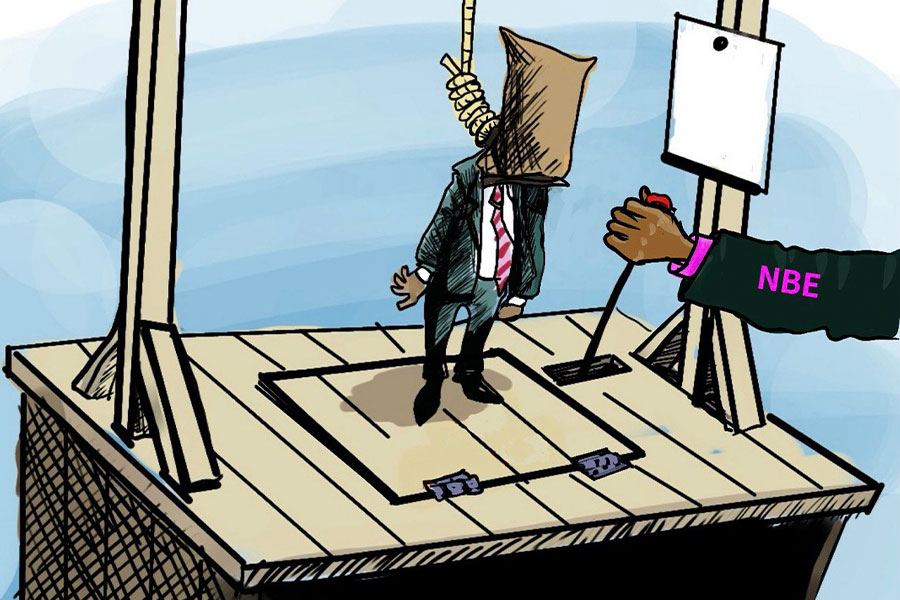
Nov 1 , 2025
The National Bank of Ethiopia (NBE) issued a statement two weeks ago that appeared to...
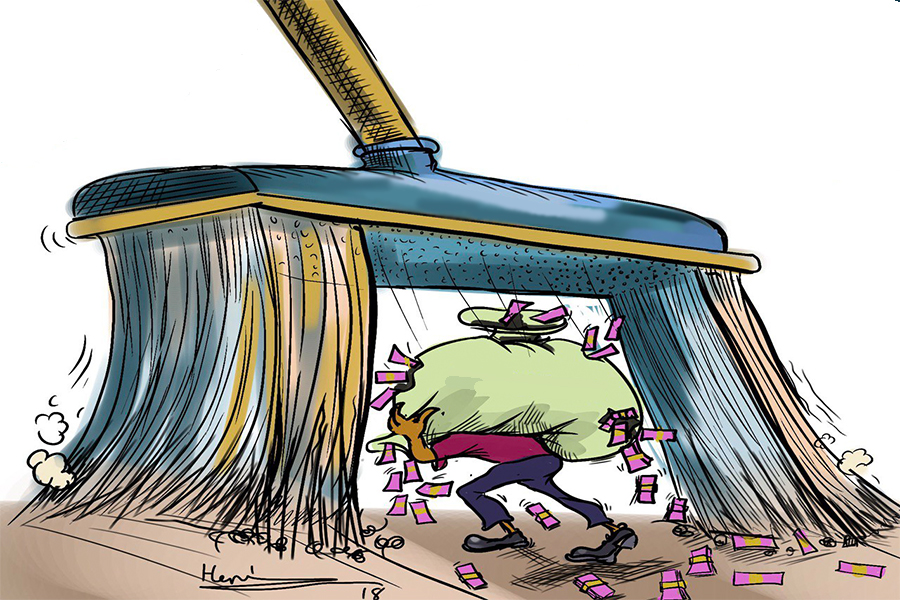
Oct 25 , 2025
The regulatory machinery is on overdrive. In only two years, no fewer than 35 new pro...
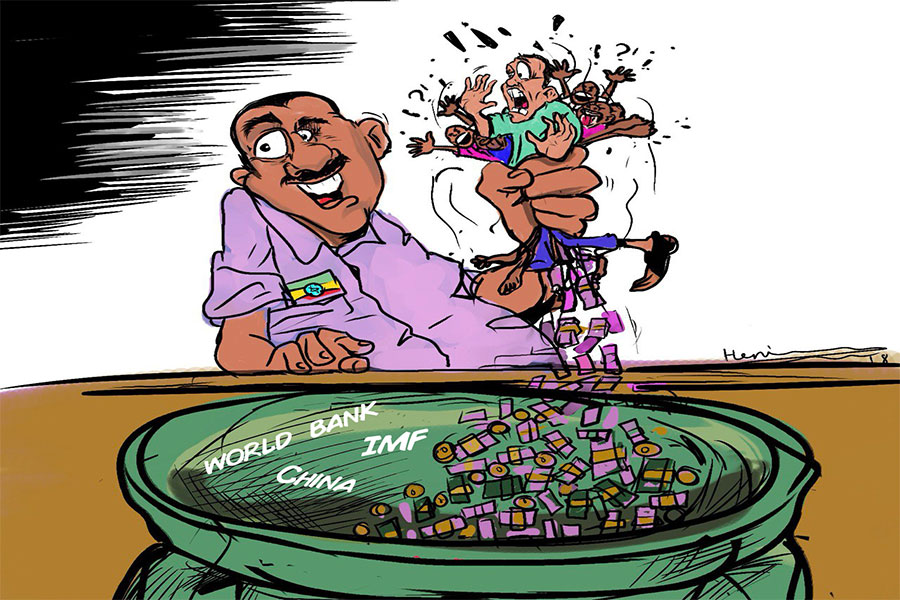
Oct 18 , 2025
The political establishment, notably the ruling party and its top brass, has become p...
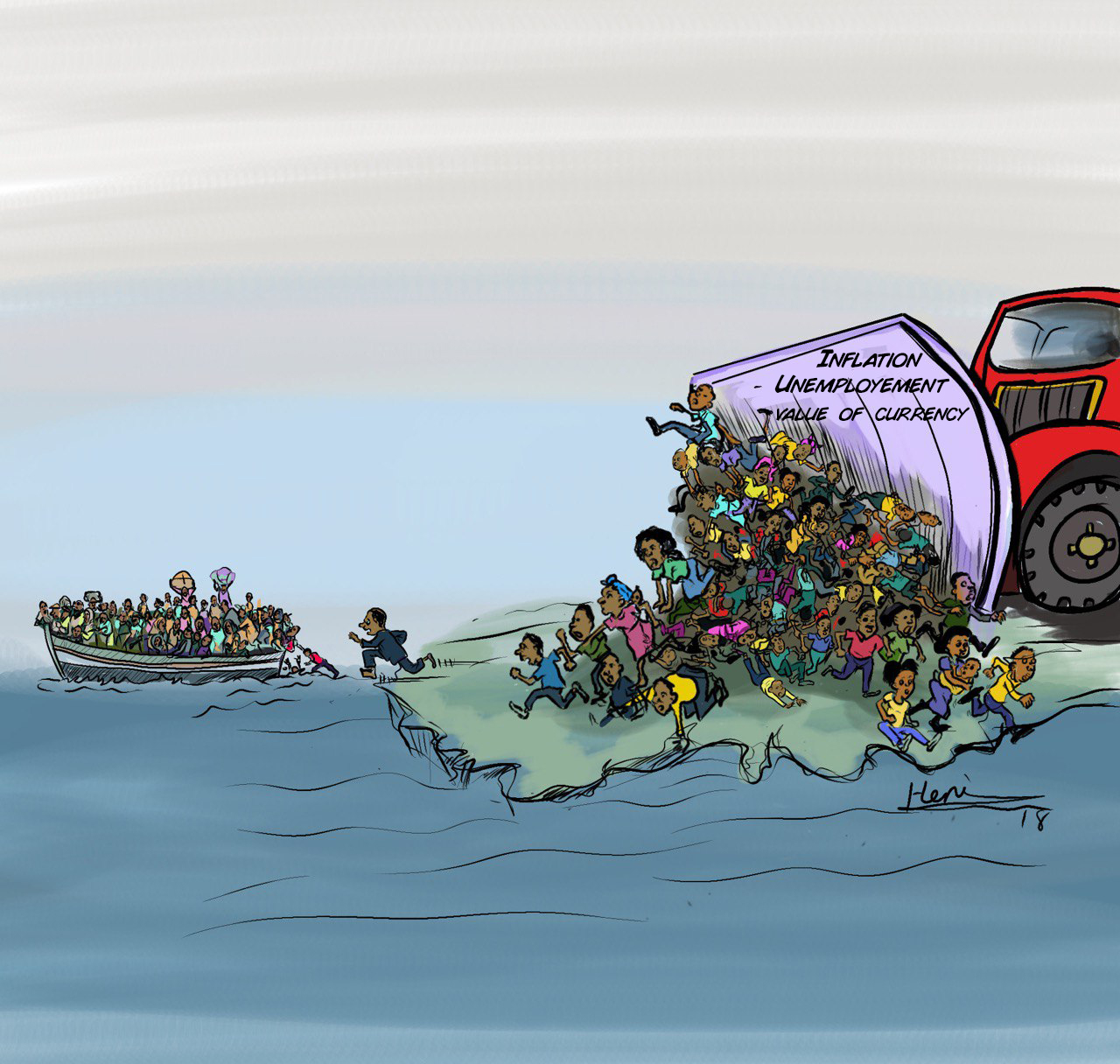
Oct 11 , 2025
Ladislas Farago, a roving Associated Press (AP) correspondent, arrived in Ethiopia in...

Nov 2 , 2025
The National Bank of Ethiopia (NBE) has scrapped the credit-growth ceiling that had s...

Nov 2 , 2025 . By SURAFEL MULUGETA
The burgeoning data mining industry is struggling with mounting concerns following th...

Nov 2 , 2025 . By YITBAREK GETACHEW
Berhan Bank has chosen a different route in its pursuit of a new headquarters, opting for a transitional building instea...

Nov 2 , 2025 . By BEZAWIT HULUAGER
Nib International Bank S.C. has found itself at the epicentre of a severe governance...